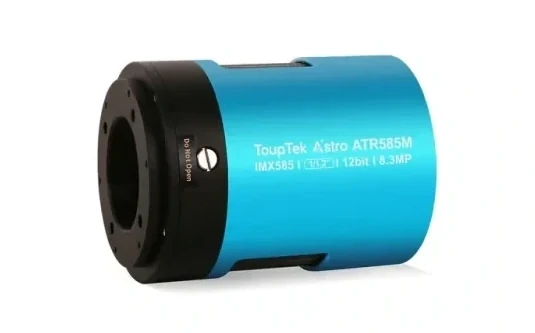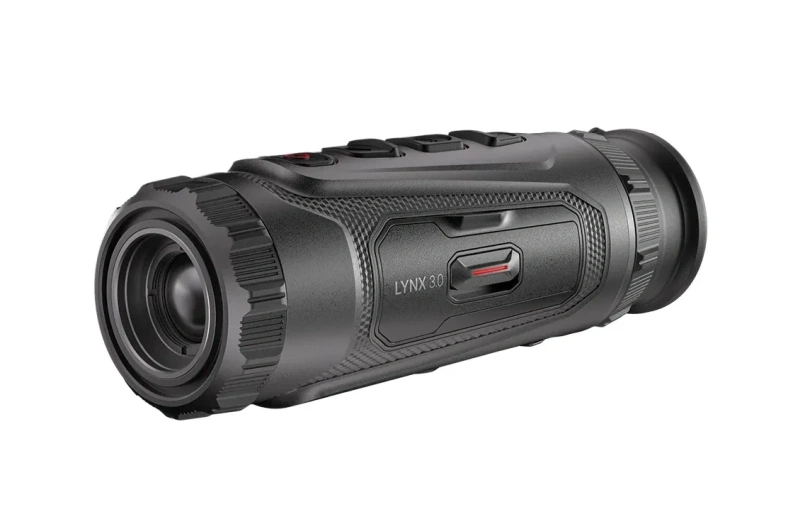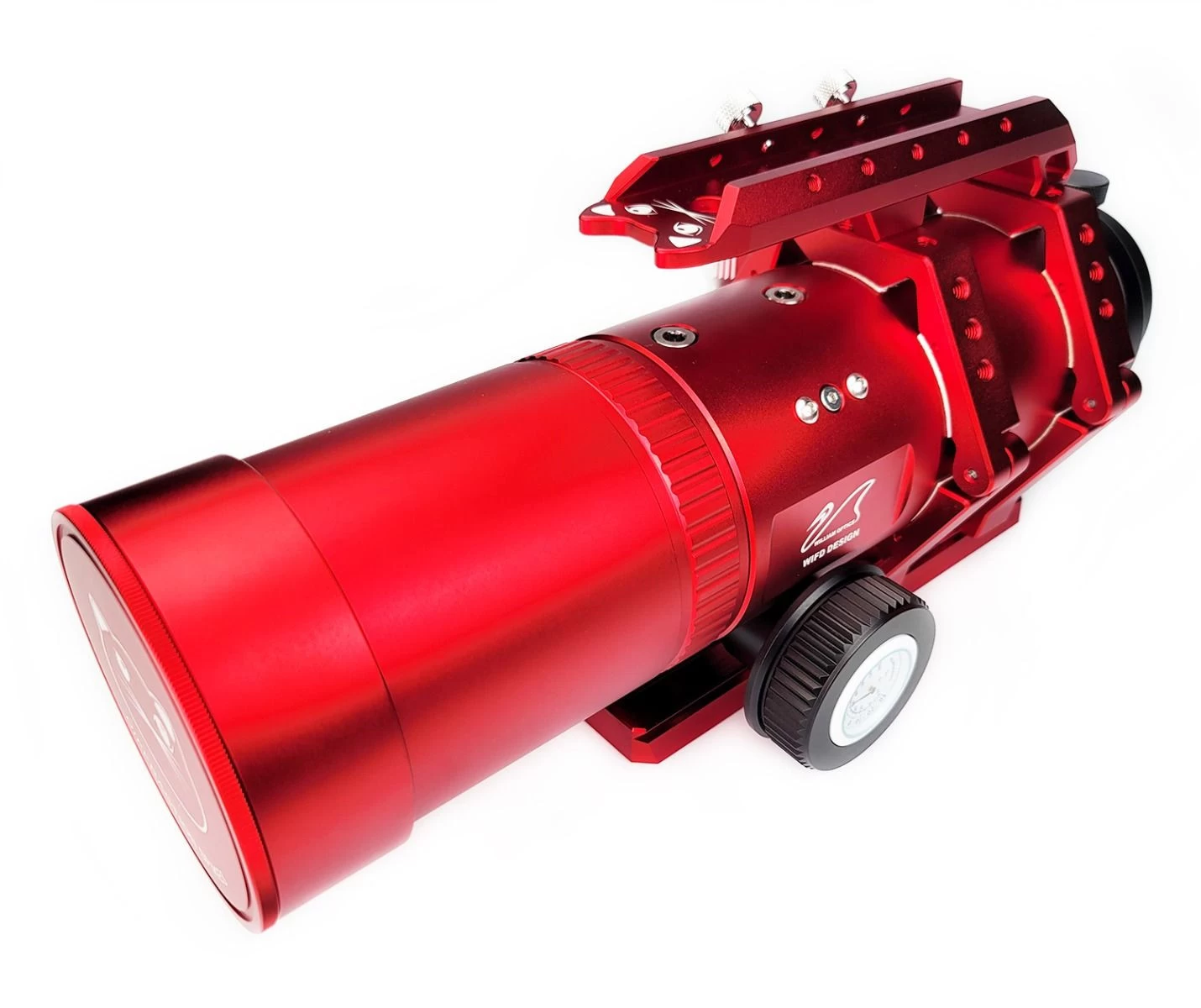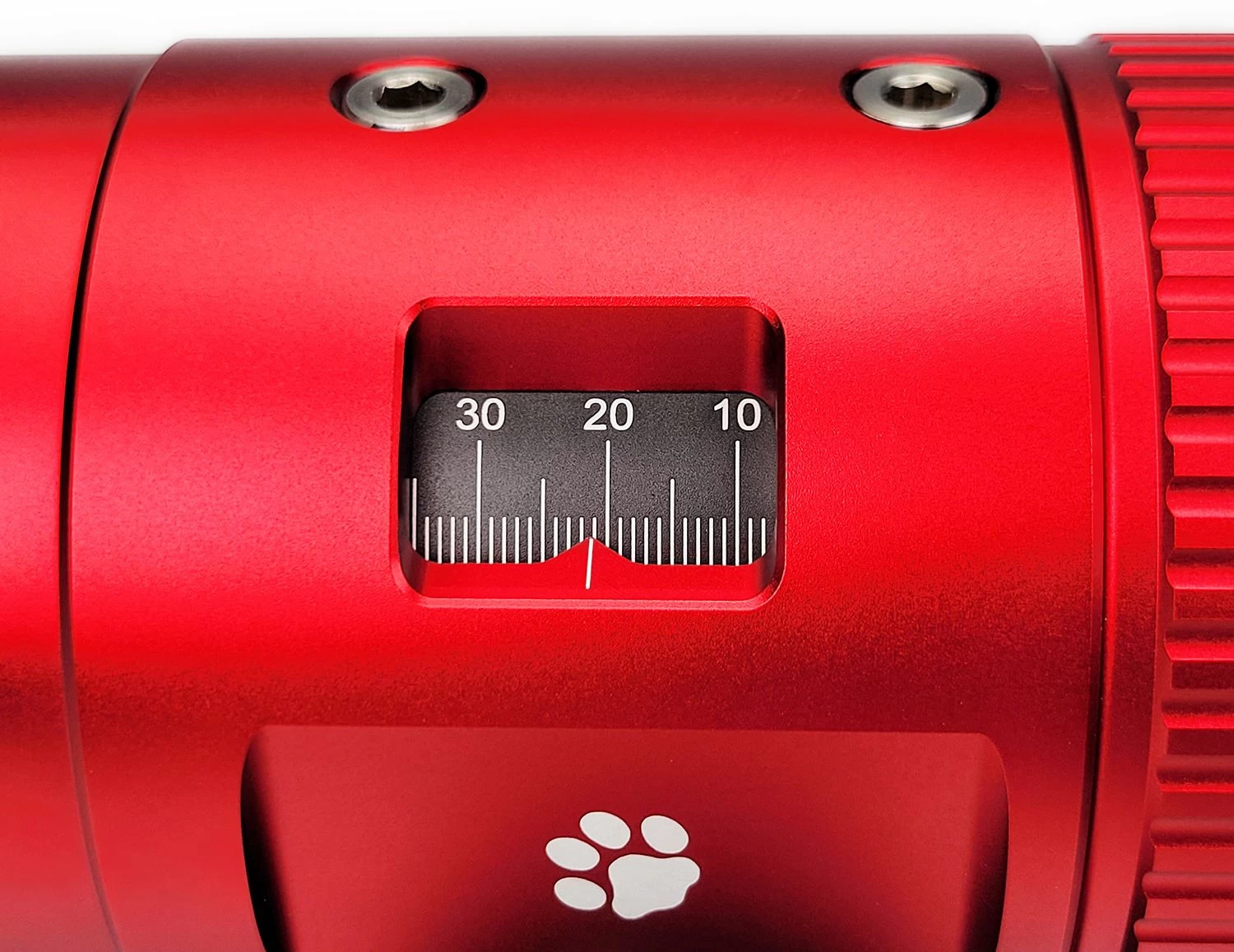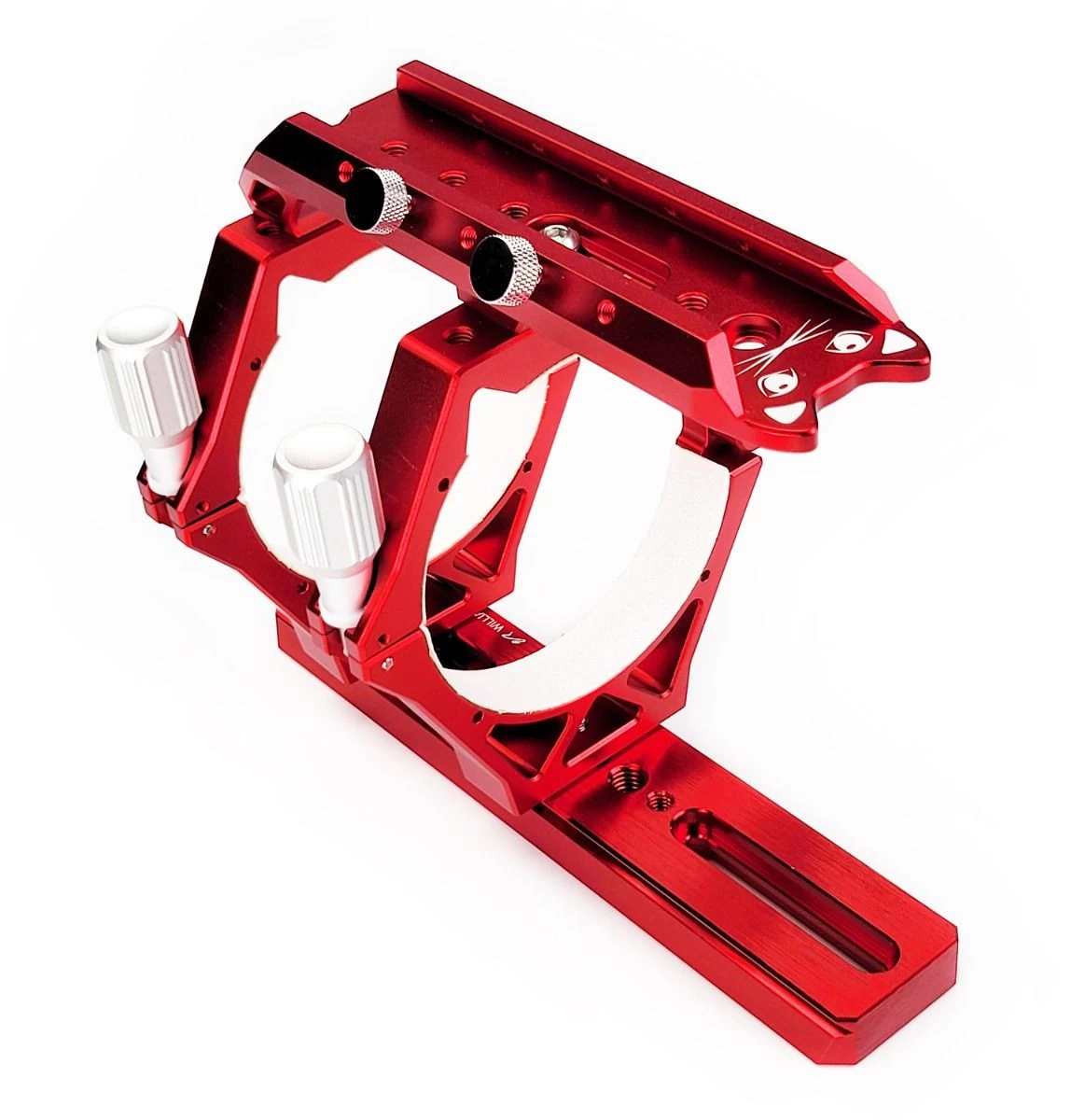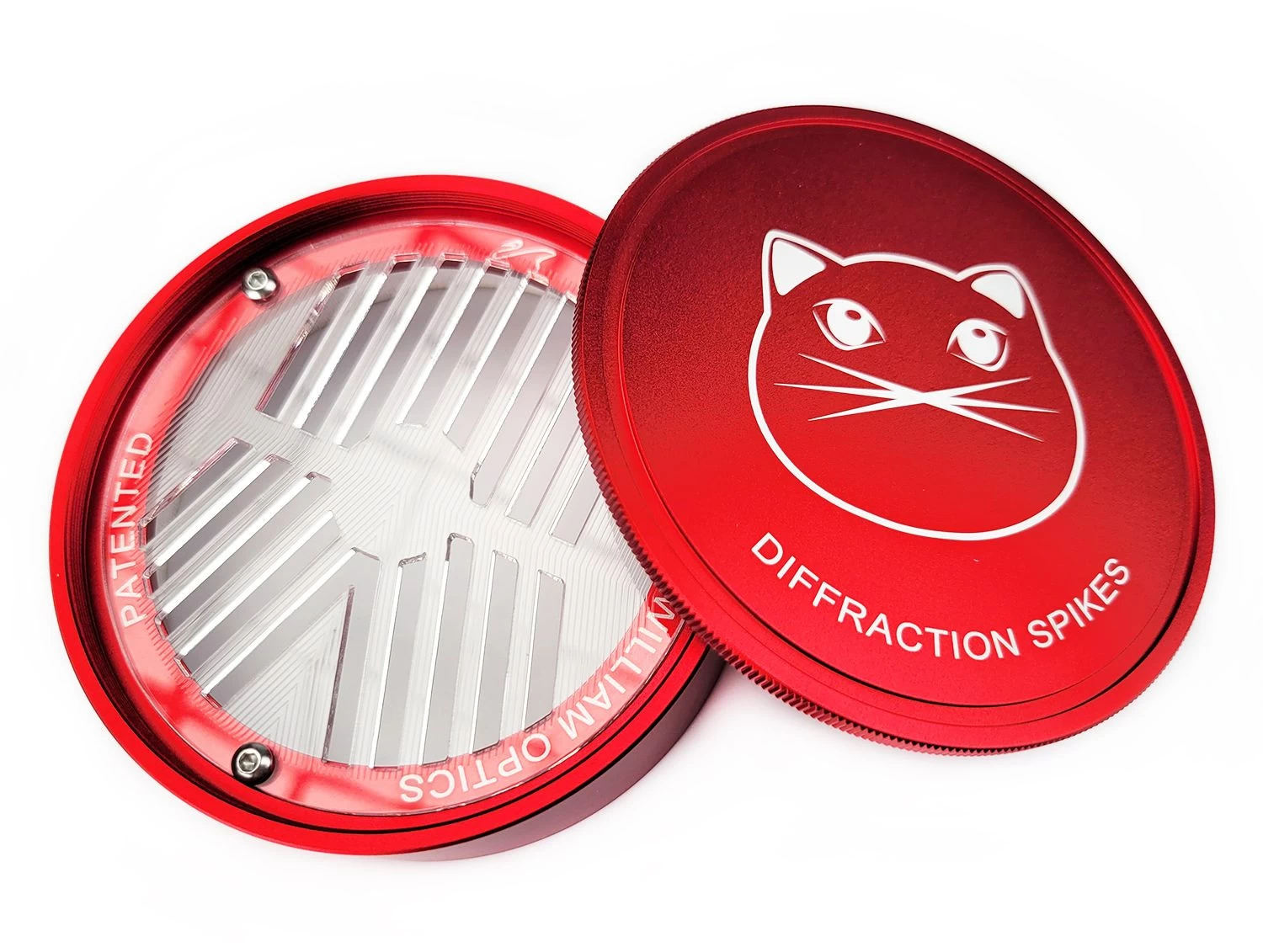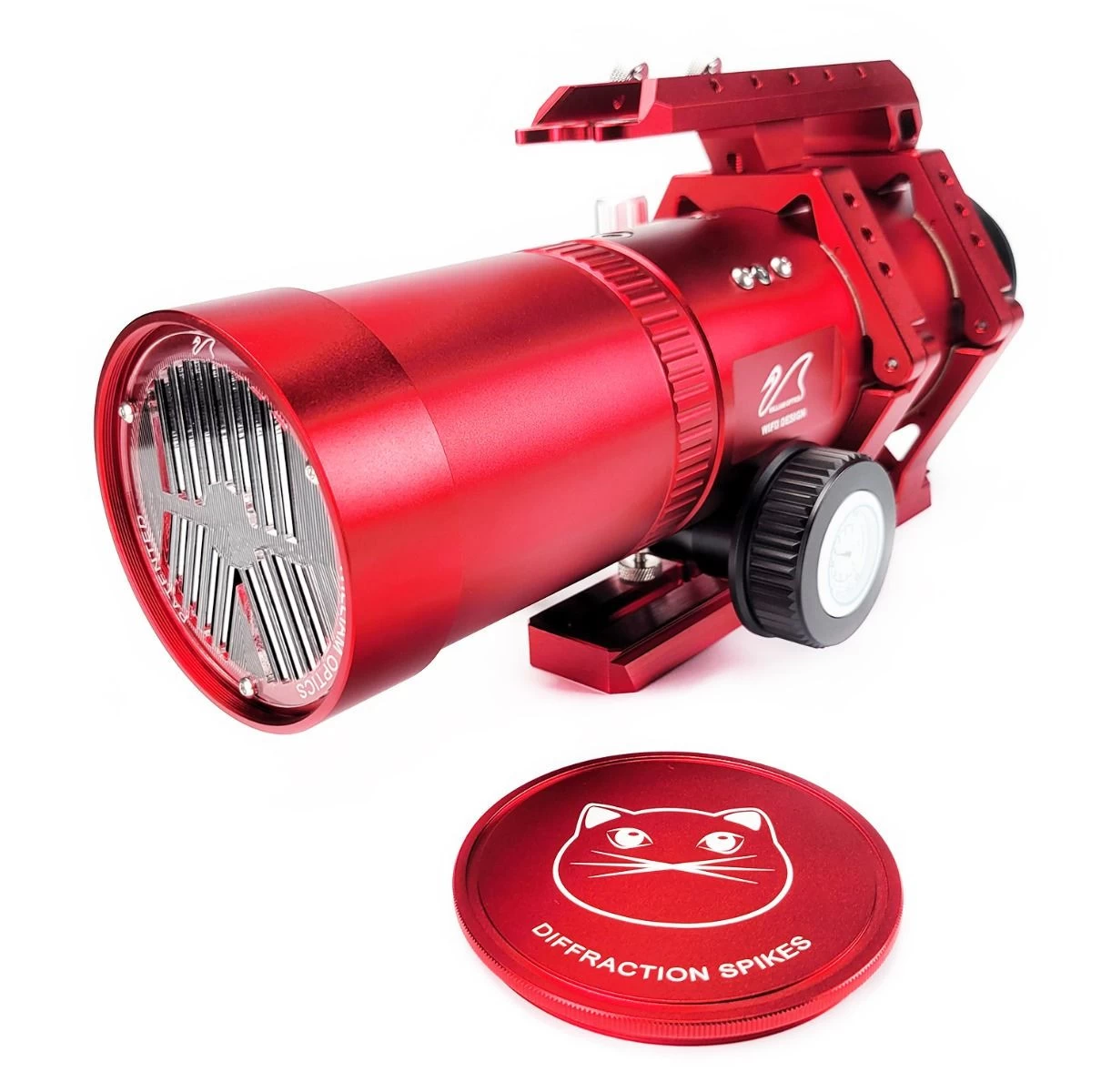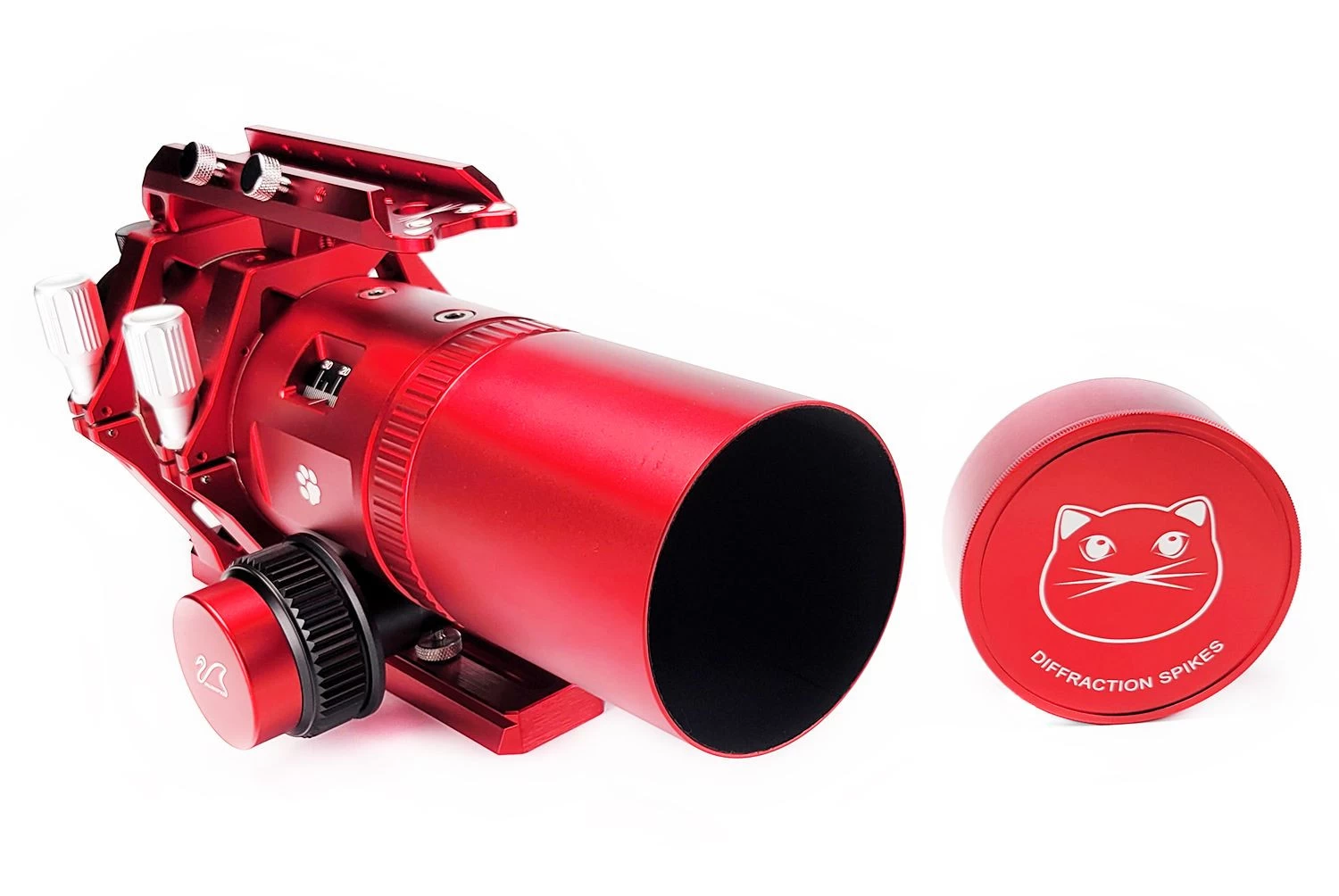The William Optics RedCat AP 61/300 WIFD APO refractor with its beautiful design, precision CNC technology and renowned optical quality will win the hearts of many.
With its 300 millimetre focus and bright (f/4.9 ) apochromatic optics, you get a small instrument that is also perfect for nature observation and nature photography. Still, the designers were primarily thinking of the needs of perfectionist astrophotographers and once again they have passed with flying colours.
The Petczval regular optics have four elements. High-quality FPL53 glass material was used for the lenses. Thanks to this arrangement, the optics also provide a spot-on image at the edges of the field of view, all of which, of course, can be shown in beautiful colours in the resulting images.
In order to avoid edge darkening during focusing, the RedCat 61 WIFD APO refractor has an internal focusing system, unlike conventional focusing stages, where the focusing process is performed by moving the optical elements. Compatible with the ZWO EAF, the two-speed Crayford system allows this APO to draw a circle of up to 46 mm in diameter, making it suitable for FullFrame sensors. For camera attachment, the tube is equipped with the well-known M48 thread preparation. Accuracy of focusing is facilitated by an accessory bahtinov mask built into the dust cap. The f/4.9 aperture lens is designed to be extremely bright, allowing shots to be taken with short exposure times. The combination of a lightweight tube and good brightness means that even with portable astrophotography equipment, you can quickly experience success under the sky.
The eye-catching design of the RedCats has a playful touch here and there in the form of cat motifs, making them even more unique and lovable.
The 110 mm long rail provides multiple mounting options, as it features a photo tripod threaded mount, among other options, in addition to the Vixen standard astronomical mechanics. For such a compact instrument, portability and protection are important, and with this in mind, the instrument is also equipped with a padded carrying case.
Not everyone may know it, but the origin of Petzval optics has a Hungarian connection, as the ancestor of this optical arrangement was József Petzval (1807.01.06-1891.09.17), an engineer-mathematician, university professor and inventor, and thus this optical arrangement is named after him.





